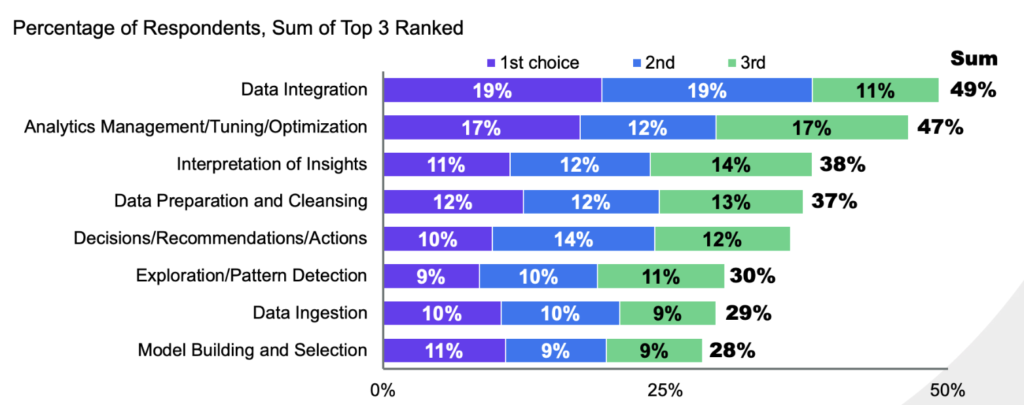Data fabrics are a major new trend in data management. We recently held a webinar on how data fabrics relate to the rise of the enterprise hybrid and multi-cloud core, and why on-demand cloud core connectivity is essential for success in the distributed enterprise data management reality. In this blog, I’ll recap a few highlights.
Data is Becoming Strategic
Data is destiny in digital business. But most enterprises are on a digital journey, converting more and more of their business processes and creating new, digital go-to-market motions. As they do so, the value of data is becoming formally recognized as vital. By this year (2022), Gartner predicts that 90% of corporate strategies will explicitly mention information as a critical enterprise asset. In fact, increasingly, that data is gaining economic value in corporate asset calculations.
Data Management Needs to Evolve
As data explodes and proliferates across more traditional on-premises and cloud-based platforms, data management functionality is being forced to adapt. It’s no longer sufficient to think of data management as a single tool. Rather, data management functionality is distributing across many data tools, services, and platforms. But it doesn’t end there. Businesses are struggling to make better use of the vast amounts of data being generated by the business. This goes beyond traditional RDBMS, BI/analytics, and data lakes. It extends to cloud data warehouses, and to transactional, object, app, document, and social data.
There are so app to app pipelines and so many ways to integrate data:
- Bulk/batch data movement
- Data replication/synchronization
- Message-oriented data movement
- Data virtualization
- Stream data integration
The problem is that data management traditionally assumed that IT would be the organizer and arbiter of data models, and that just won’t scale.
The Drive to Automate Data Integration
How do you make better use of data and make data integration pipelines more effective? Automation of course. Enterprise leaders want it badly, as seen in the Gartner survey results below.

What is a Data Fabric and Why is it of Interest?
It’s obviously a big topic, but here’s a simple definition:
Data fabric is a new approach to data management for building flexible and augmented data integration pipelines, using ML/AI, knowledge graphing, and semantic enrichment into active (versus passive metadata).
The shift from a passive to active metadata is particularly important to the concept of a data fabric. A key role of ML/AI is to formulate an augmented data catalog—a data catalog that goes far beyond what can be assembled by humans only. The ML/AI engines connect to different data sources and targets, crawl to discover metadata, and create an inventory of distributed data assets. This enhanced catalog allows subject matter experts across the business (not just IT or data scientist types) to take part in enriching the data, by ranking, profiling, tagging, annotating, and assigning trust models. Then what happens is the application of graph analytics (showing the relationships between data), semantic enrichment, and recommendation engines.
Why is this all so interesting? In brief, it allows non-IT users to access, model, and make more valuable use of data. This offloads stretched IT teams, harnesses automation and business team crowd-sourcing, and delivers better ROI on data.
Why NaaS is Essential
Data fabrics are rising because hybrid and multi-cloud architectures are fueling the data explosion, and delivering the agile, scalable infrastructure that makes taking advantage of all this data possible. But a lack of agility in interconnecting the hybrid and multi-cloud core infrastructure is a major tear in the potential for data fabrics. If you can’t adjust bandwidth to meet infrastructure and data movement needs, data fabrics won’t ever become fully realized.
That’s why you need Network-as-a-Service like what PacketFabric offers, to change your connectivity game and ensure that your entire infrastructure estate is ready to support the massive value that emerging data management promises.
Read more about our services, check out the webinar, or request a demo to learn more.